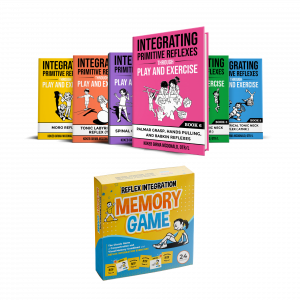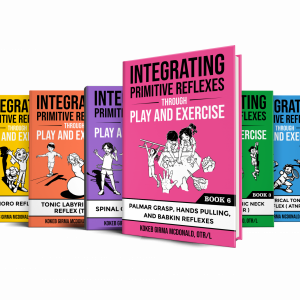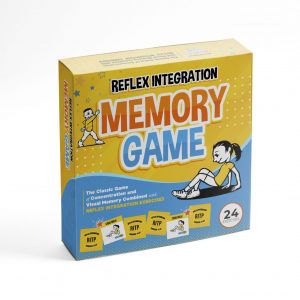In the whirlwind of parenthood, finding time for additional activities can feel close to impossible. As pediatric therapists, we recognize the pivotal role that consistent exercise plays in a child’s development. However, we also understand parents’ challenges in integrating these exercises into their already packed schedules. At RITP, we aim to empower parents, educators, and therapists by providing accessible resources for reflex integration exercises at home. In this blog, we’ll explore practical strategies to help parents seamlessly incorporate these exercises into their daily routines, fostering optimal development for their children.
1. Clarify Instructions:
To ease the burden on parents, providing clear and straightforward instructions for home exercises is crucial. Avoid tasks that rely heavily on parental teaching abilities, which can hinder progress tracking. Instead, offer pre-defined and easily executable assignments, minimizing the need for parental instruction.
2. Establish Routine Reminders:
Despite their best intentions, parents often struggle to remember home exercises amidst the chaos of daily life. Encourage the creation of a routine that incorporates these exercises seamlessly. Establishing reminders can significantly enhance consistency, whether it’s tying them to existing activities like homework times or utilizing visual cues like sticky notes.
3. Emphasize the Why:
Just as athletes commit to drills to enhance their performance, parents must understand the purpose behind each exercise. Therapists can motivate parents to prioritize these activities by explaining the benefits and expected outcomes. Help parents recognize the correlation between consistent practice and tangible improvements in their child’s functional abilities.
4. Utilize Existing Schedules:
Leverage the structure of a family’s existing routine to embed reflex integration exercises effortlessly. Whether it’s during morning or nighttime routines, meal times, or car rides, identifying opportune moments for these exercises can simplify implementation. By aligning exercises with familiar activities, parents are more likely to integrate them seamlessly into their daily lives.
5. Provide Done-for-You Programs:
Recognizing parents’ time constraints, offer pre-designed home programs that alleviate the burden of teaching and remembering exercises. For example, the RITP App provides comprehensive resources, including instructional videos and step-by-step guides, minimizing parental stress and maximizing efficacy.
Incorporating reflex integration exercises into a child’s daily routine doesn’t have to be overwhelming for parents. By simplifying instructions, establishing routine reminders, emphasizing the importance of each exercise, and providing accessible resources, pediatric therapists can empower parents to support their child’s development effectively.



